Yogurt
Cheese
White, Cream, Butter.
Milk is ready for the starter.
Yogurt is simple to make. I can make it at a cost so low that there is now both a cultural and economic incentive to do so.
I looked for a recipe for Yogurt. I remember Lucy making yogurt in our kitchen in Westgarth, Melbourne, starting after dinner was finished, leaving it overnight and scooping it onto her cereal for breakfast.
I started by pouring two litres of milk.
And setting aside three tablespoons of store bought, plain, organic, full cream yogurt.
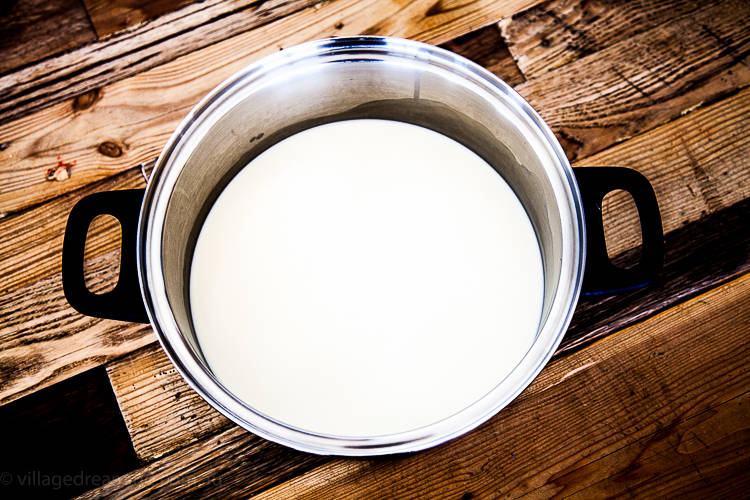 In this saucepan I placed the milk.
In this saucepan I placed the milk.
Over a gas stove.
I used a heat diffuser to reduce direct contact between the flame and the saucepan. You don’t want the milk to burn. Stirring regularly while the heat increases.
The SBS Australia website recipe I used suggested heating the milk to 92 degrees Celsius and then immediately cooling it down to 35 -40 degrees Celsius – I used this recipe, which did not ask for pasteurisation.
While another site called Milk Facts, states that pasteurisation needs to occur: by holding the temperature at 85degrees C for 30mins or at 95 for 10 mins. I will try this recipe next.
The aim is to kill unwanted bacteria prior to adding Lactobacillus bulgaricus and Streptococcus thermophilus, the bacteria whose growth you are encouraging.
These strains are the main cultures in yogurt and produce lactic acid. The acid content of yogurt is 4.5.
While the milk is being heated I pour boiling water in my 1L jars. This does not sterilise the jar but goes a little way to increasing its cleanliness. To sterilise you need to boil jars for a minimum of 10mins.
Once the milk had reached 92 degrees Celsius I moved it off the stove and into a sink of cold water. I stirred to bring the temperature down to 38 degrees C.
I then added three tablespoons of yogurt to the warm milk as the store bought yogurt contains the cultures I need.
The pressure cooker is perfect for my jars. I place my two jars, each a litre in volume inside the saucepan with water at a temperature of between 33 and 35 degrees C.
Coagulation occurs once the fermentation process has produced vast quantities of lactic acid.
I seal the pressure cooker and place copious blankets over it.
I try to make sure that everything I do is colour coordinated as this will increase the intensity of the flavour.
For the next few days I add yogurt to almost everything I eat…

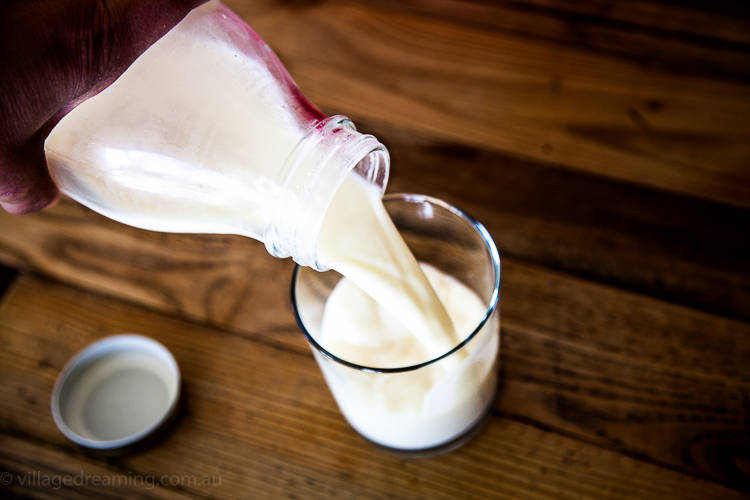
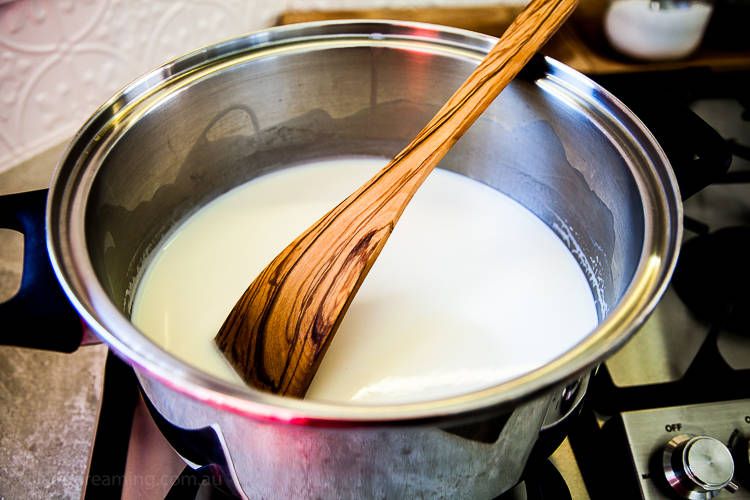
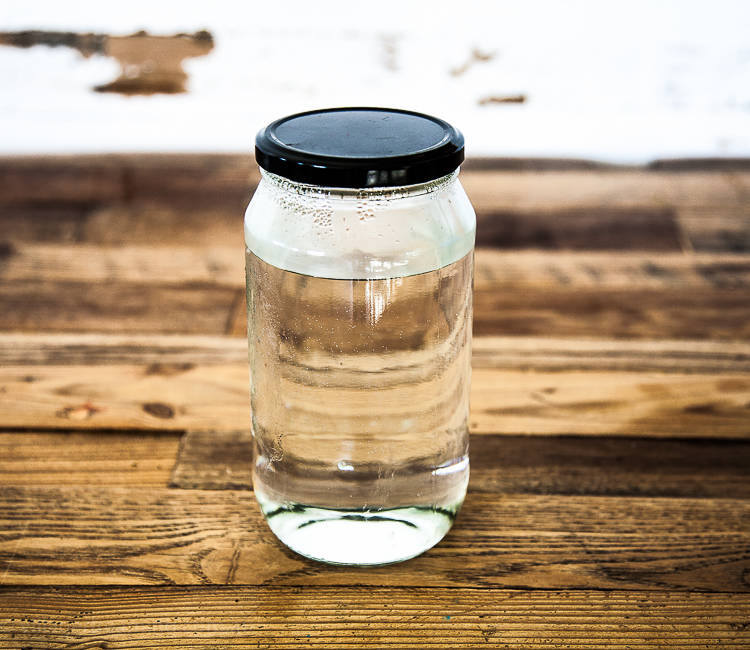

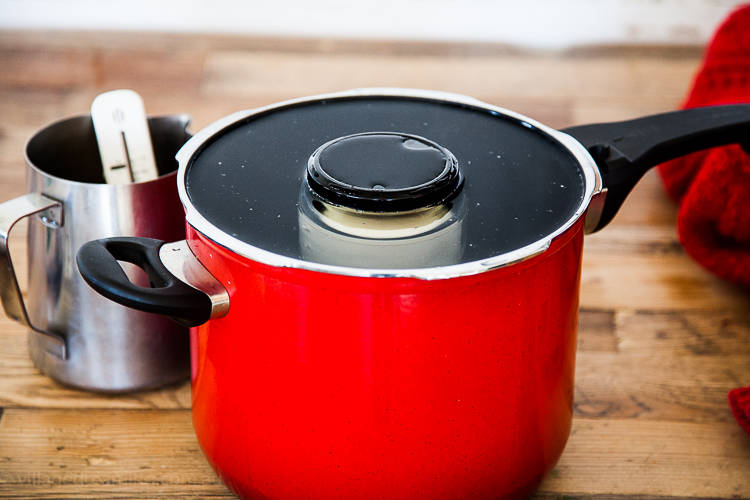
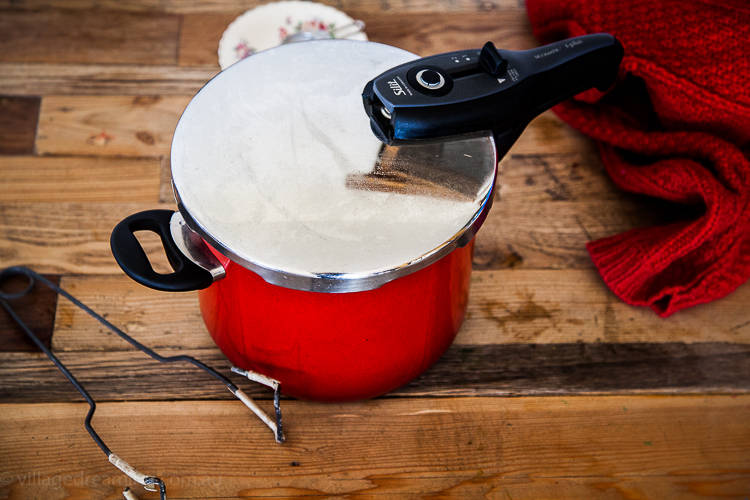
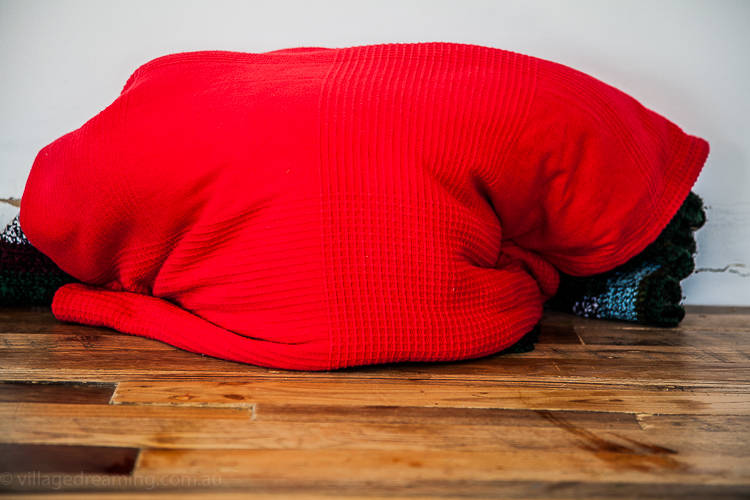

0 Comments